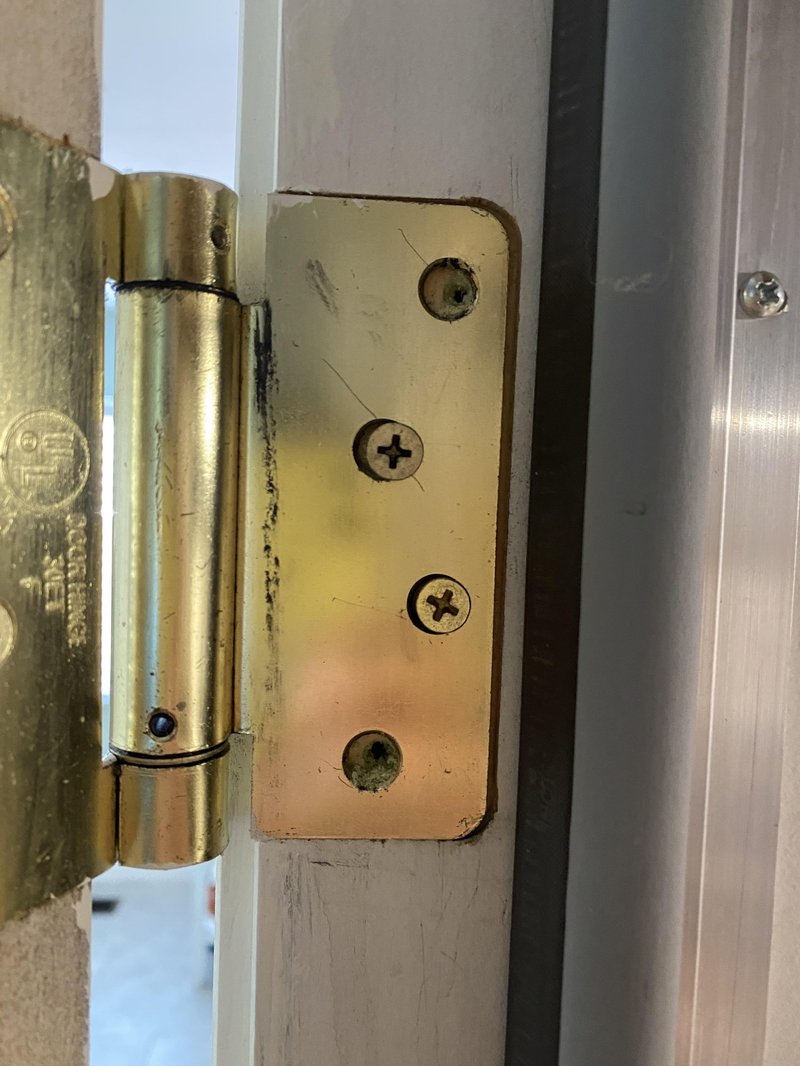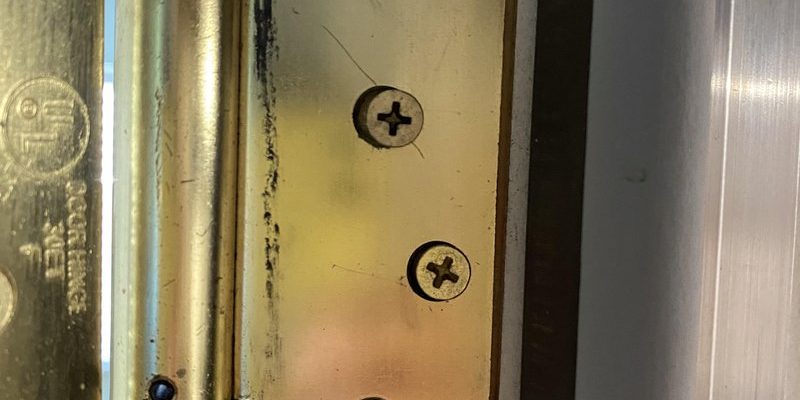
Let’s take a moment to think about what a door hinge does. It’s kind of like the joint in our knees; it allows the door to swing open and closed smoothly. But when it’s loose, the whole door feels off-balance, like trying to walk with a stiff leg. So, why does that happen? In this article, we’ll dive into the reasons why your door hinge might be loose even after you’ve tried tightening those screws, and we’ll explore some practical solutions to get your door back in tip-top shape.
Understanding Your Door Hinge
Before we jump into solutions, it’s important to understand the anatomy of a door hinge. At its core, a hinge consists of two plates connected by a pin. When you tighten the screws on a hinge, you’re supposed to secure those plates against the door and the frame, allowing for smooth operation.
However, there are several reasons that can cause the hinge to loosen over time. Wear and tear, temperature changes, or even simply the weight of the door can all have an impact. Picture a hinge like a friendship; it needs regular maintenance to stay strong. If neglected, it can weaken, and that’s when you start to notice it swinging more than it should.
Common Causes of a Loose Door Hinge
Now that you have a basic understanding of how hinges work, let’s discuss the common causes of a loose door hinge.
- Wear and Tear: Just like shoes wear down from daily use, door hinges can become loose over time due to continued opening and closing.
- Incorrect Installation: If hinges were improperly installed in the first place, they may never have had a secure fit.
- Deterioration: Moisture damage can cause the wood around the hinge to swell or rot, leading to a loose fit.
- Misaligned Door: A door that isn’t hanging straight can put extra stress on the hinges, causing them to loosen.
These issues might seem daunting, but they’re common and, thankfully, fixable!
Checking the Screws
When you first notice a loose hinge, your instinct is likely to grab a screwdriver and tighten the screws. However, if your hinge remains loose, it might be time to examine the screws themselves.
Screws can strip their holes over time, losing their grip. Think of it like trying to screw a bottle cap back on without any threads—it just won’t stay put. If you notice the screws are spinning freely and not biting into the wood, it’s a sign of trouble. Using longer screws or wood filler can help create a tighter fit.
Tools You’ll Need
To effectively address this issue, you’ll want to gather a few tools:
- New screws (1-2 sizes longer than the originals)
- Wood filler or toothpicks
- A drill or screwdriver
Applying these tools can help you secure your hinges back to their rightful position.
Repairing a Stripped Screw Hole
If you’ve discovered that your screw holes are stripped, there are several methods to repair them.
1. Wood Filler Method: Fill the stripped hole with wood filler, allow it to dry, and then drill new pilot holes for the screws.
2. Toothpick Method: Insert a few toothpicks into the stripped hole, apply glue, and break them off flush with the surface. Once dry, reinsert the screw.
Wouldn’t it be nice if fixing a loose hinge was as simple as just tightening it? But this repair gives your hinge a stronger hold, much like reinforcing a fence post.
Checking for Door Alignment
If your door is misaligned, it can cause extra strain on the hinges, leading to a loose fit. An easy way to check for alignment is to close your door and look at the gaps between the door and the frame. If you see uneven spaces or if the door rubs against the frame, you likely have an alignment issue.
Adjusting the hinges can help with this. Adding or removing washers behind the hinge might be necessary to ensure a snug fit. Think of it like adjusting your car’s rearview mirror—the better the alignment, the clearer your view!
Replacing the Hinge
Sometimes, despite your best efforts, a hinge might just be too worn out or damaged to fix effectively. If you’ve tried everything and the hinge still feels loose, it may be time to replace it.
Choosing a new hinge is straightforward. Just make sure to match the size and type with the old one. When installing, follow the same tips mentioned earlier about ensuring a tight fit. This replacement can feel like a breath of fresh air—everything will swing smoothly again!
Preventative Measures
Once you’ve fixed your loose hinge, you’ll want to keep it from happening again. Here are some preventative measures to consider:
- Regular Maintenance: Periodically check and tighten screws to avoid future issues.
- Avoid Heavy Loads: Be mindful of what you hang on or around your door that may strain the hinge.
- Lubricate: Use a silicone spray or grease to keep the hinge moving smoothly, minimizing wear and tear.
Just like maintaining a healthy lifestyle, small steps can lead to big results in keeping your hinges in top shape.
Dealing with a loose door hinge can feel frustrating, but now you know it’s often a manageable problem. Whether you’re tightening screws, repairing a stripped hole, checking for alignment, or even replacing the hinge altogether, these steps can help you restore your door to its former glory.
Remember, a well-maintained hinge is the secret to a smoothly swinging door. By understanding the reasons why a hinge can feel loose, you can tackle the issue head-on and ensure a functional, welcoming entryway in your home. Happy fixing!
